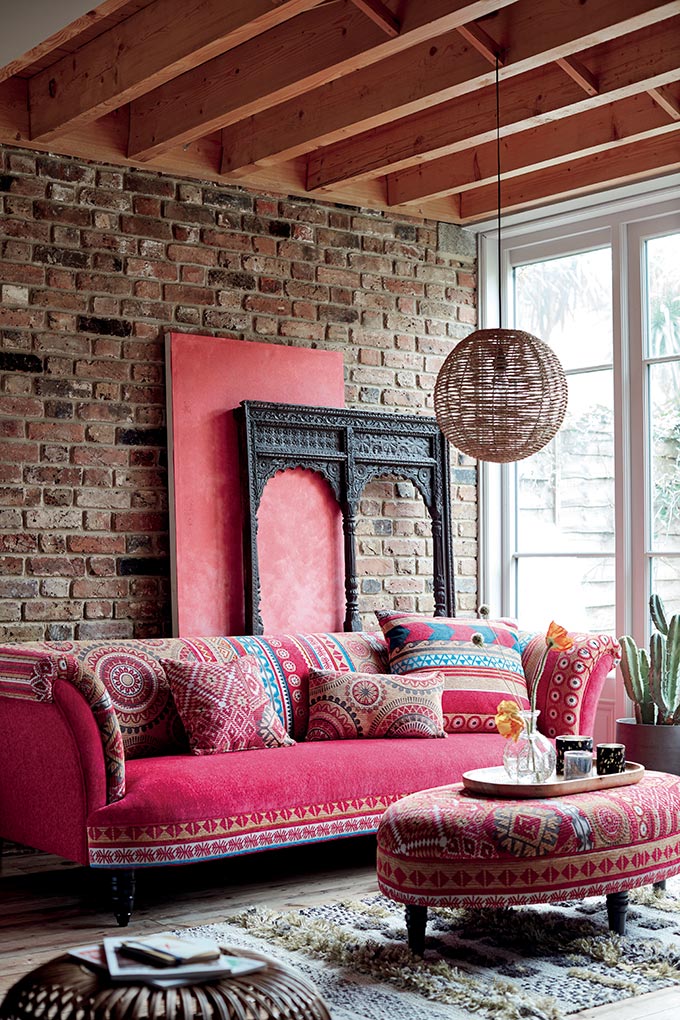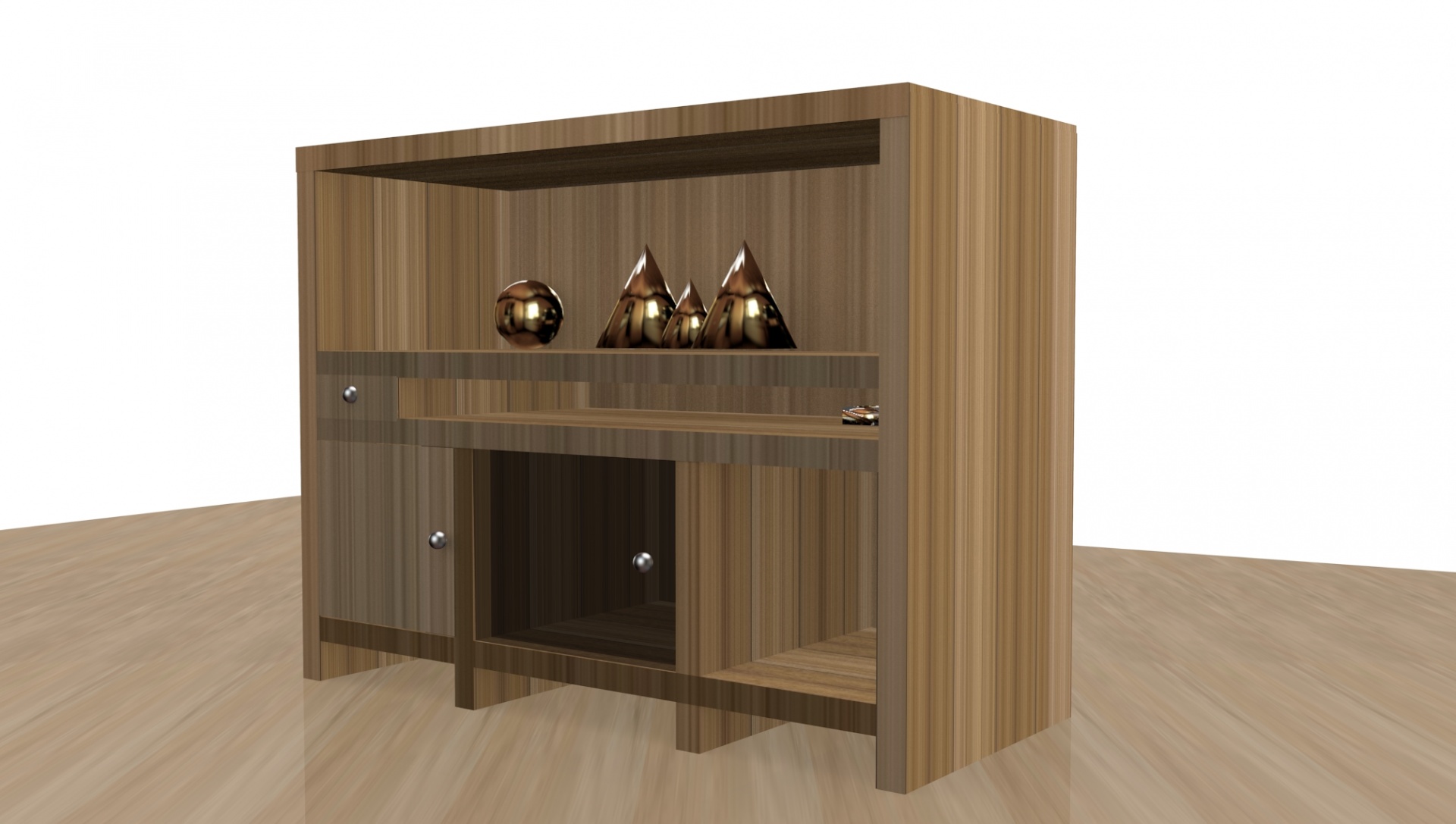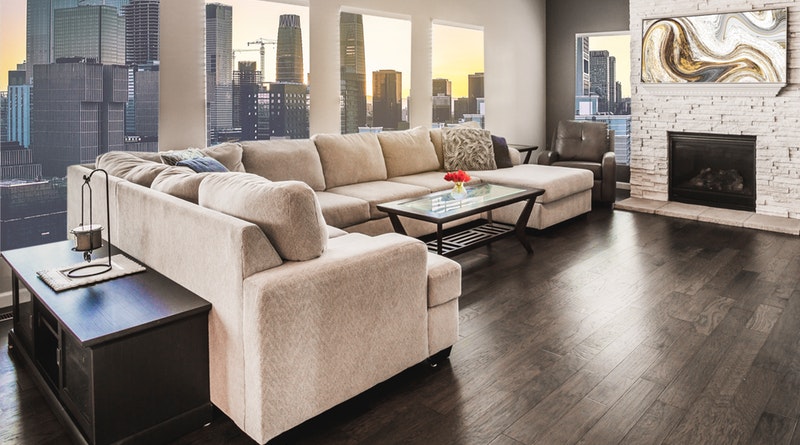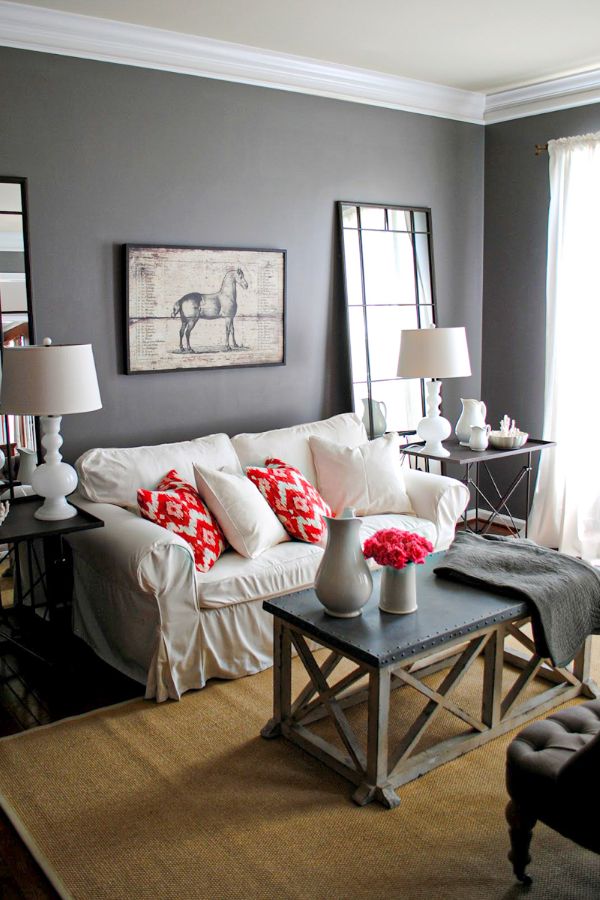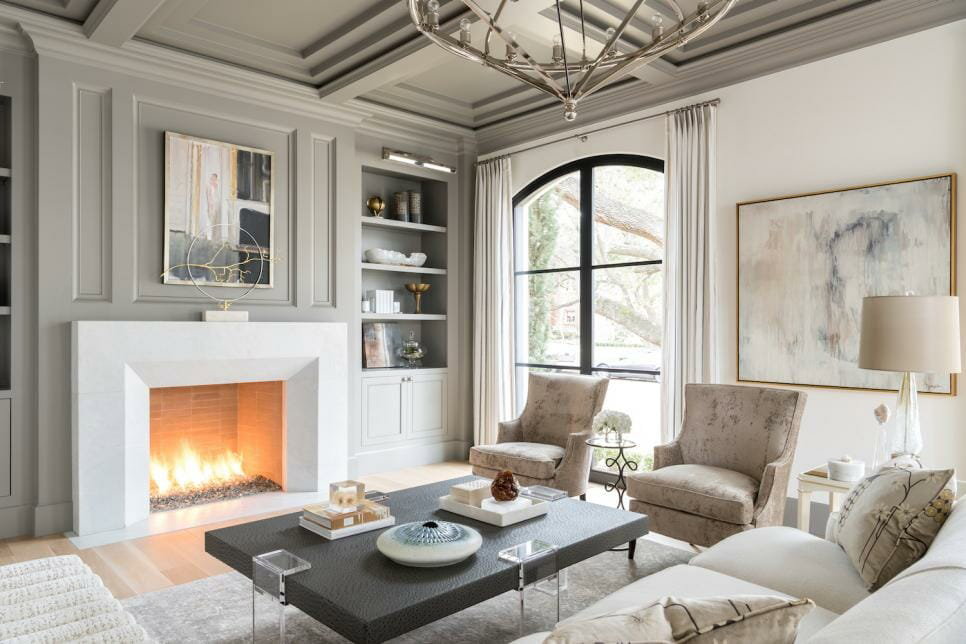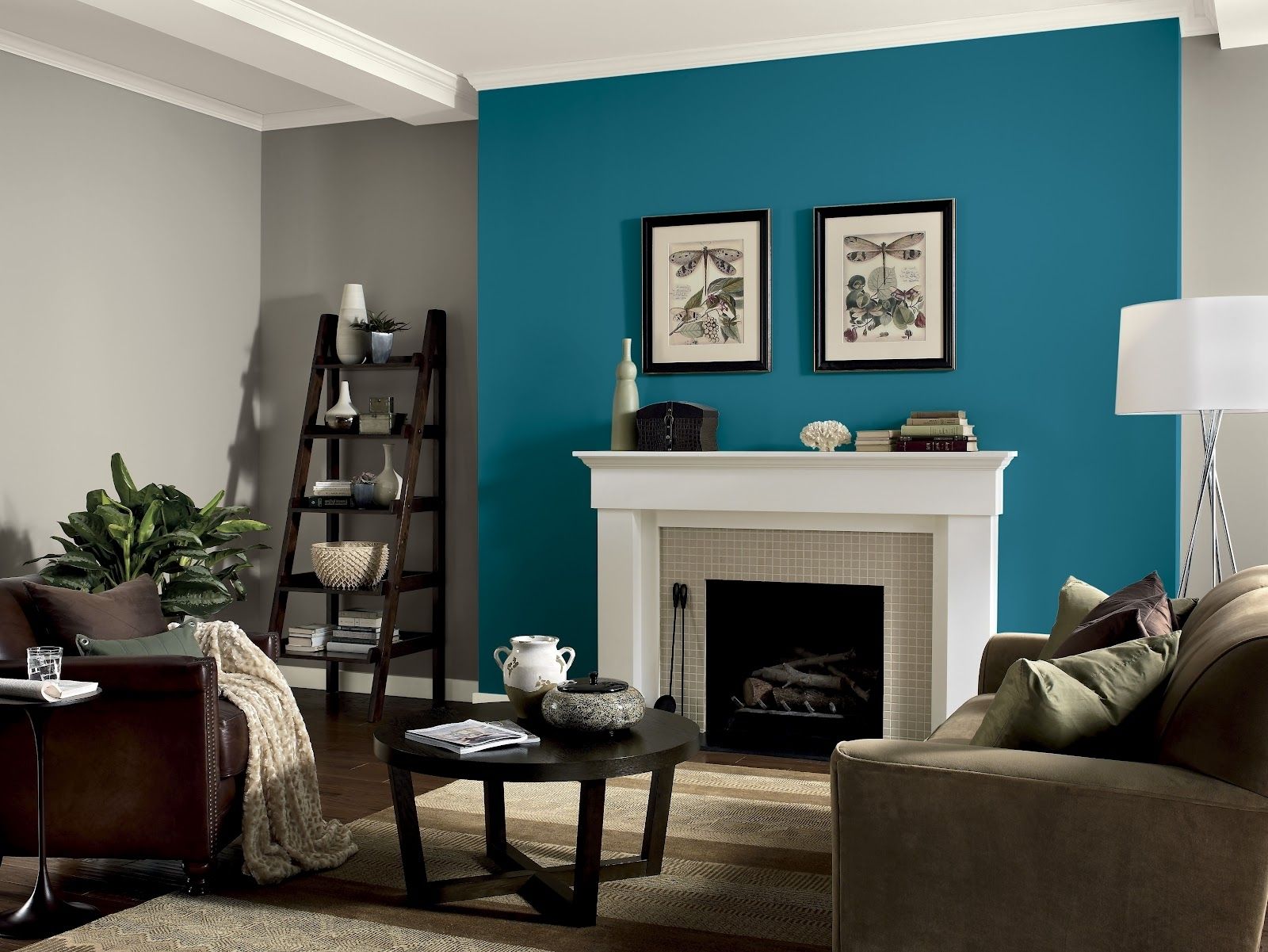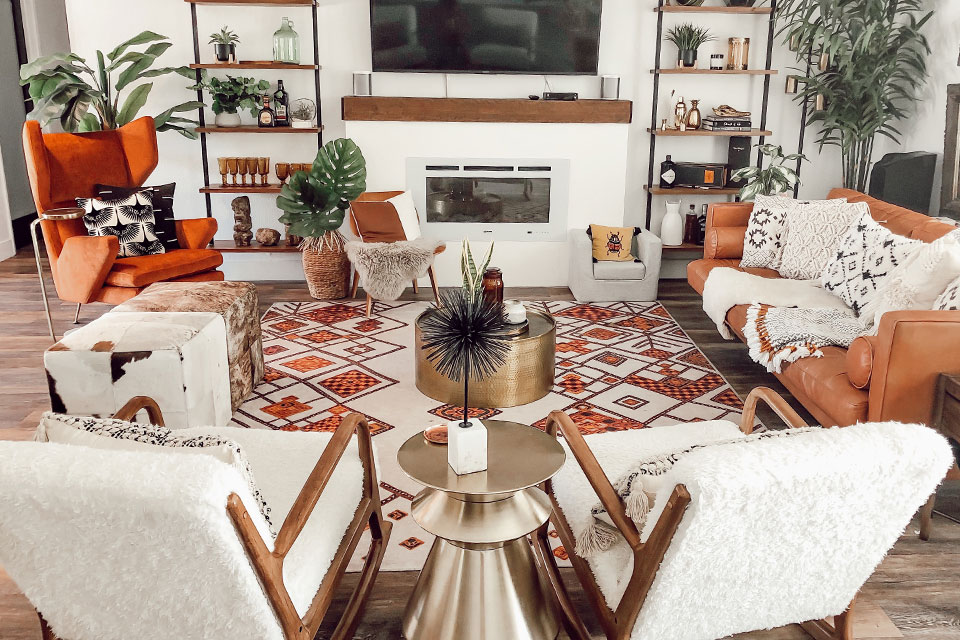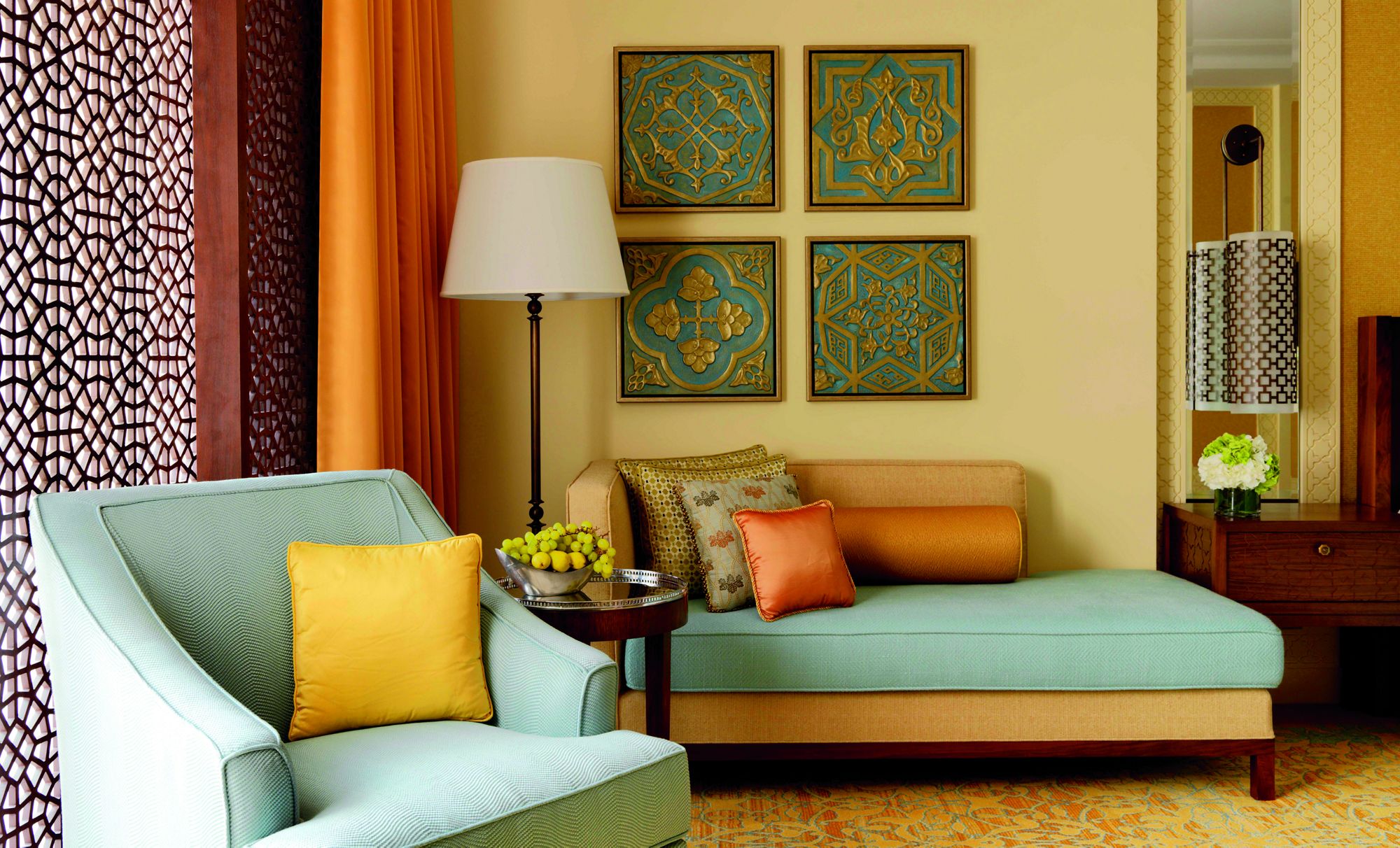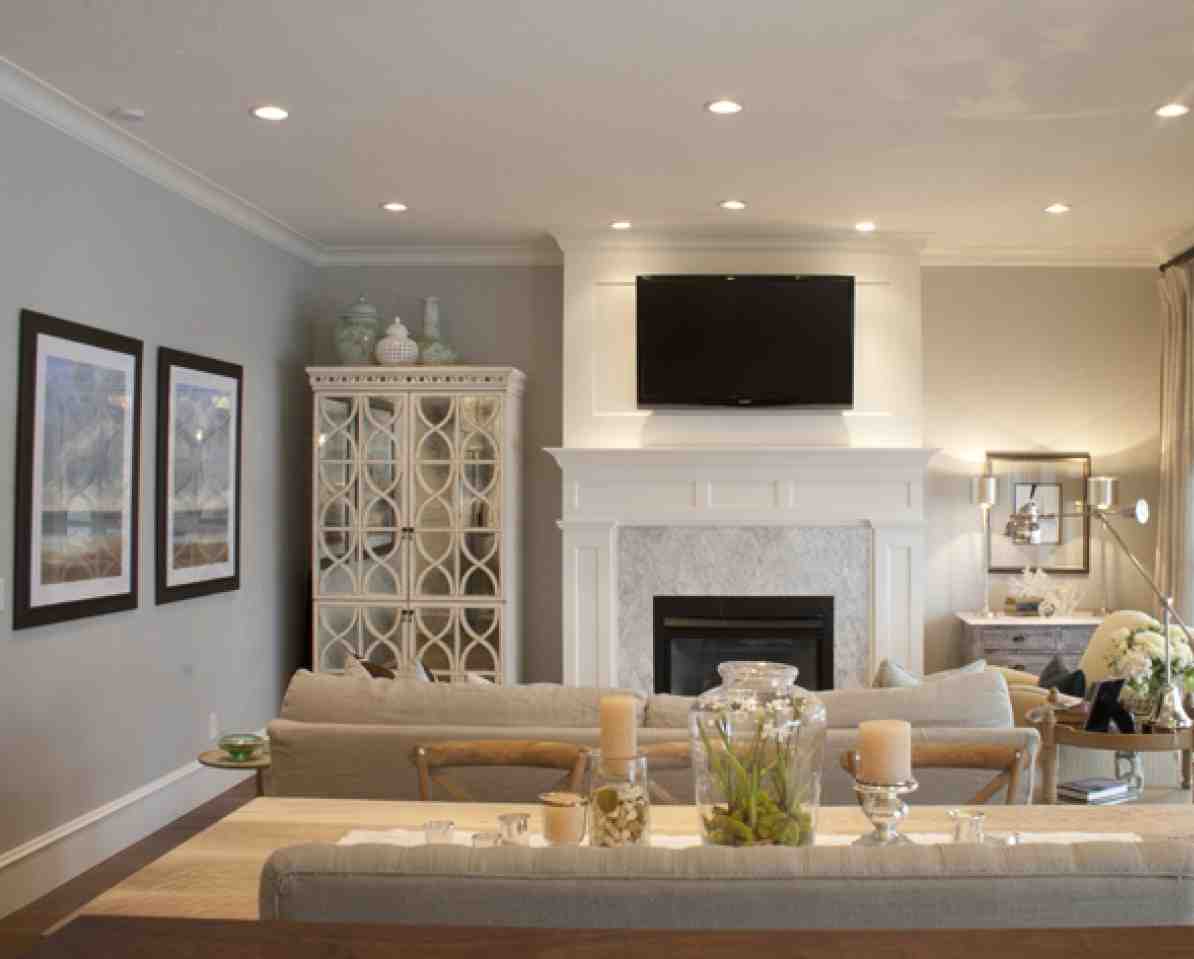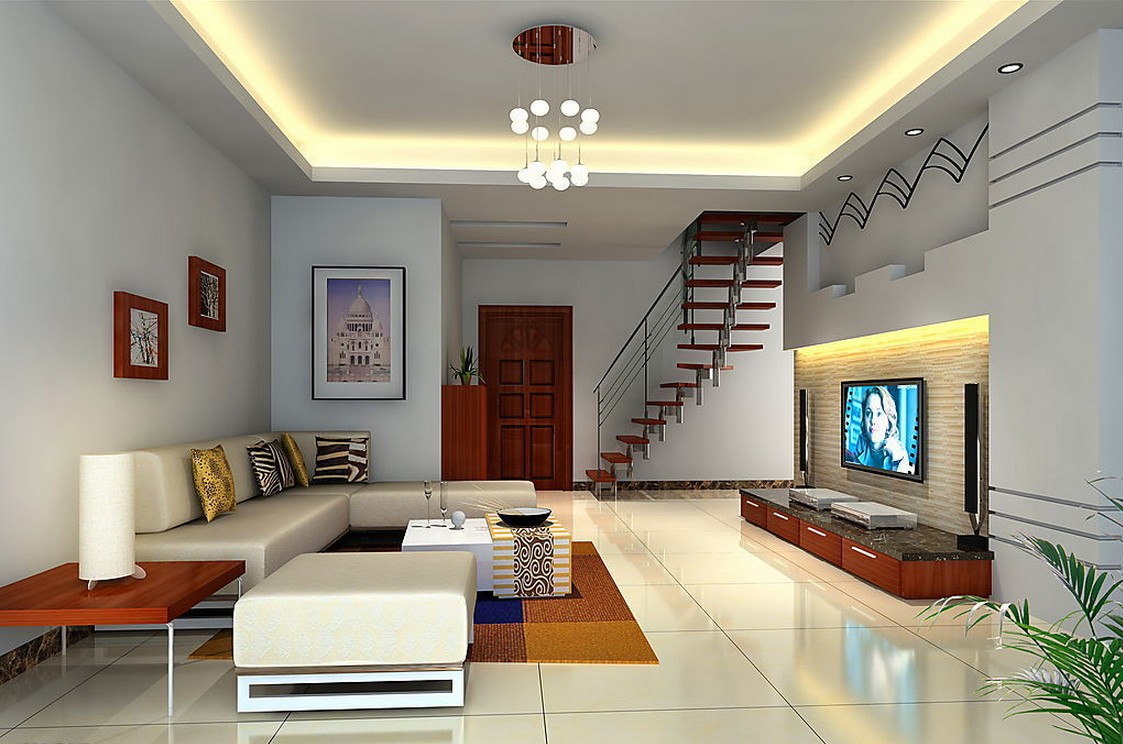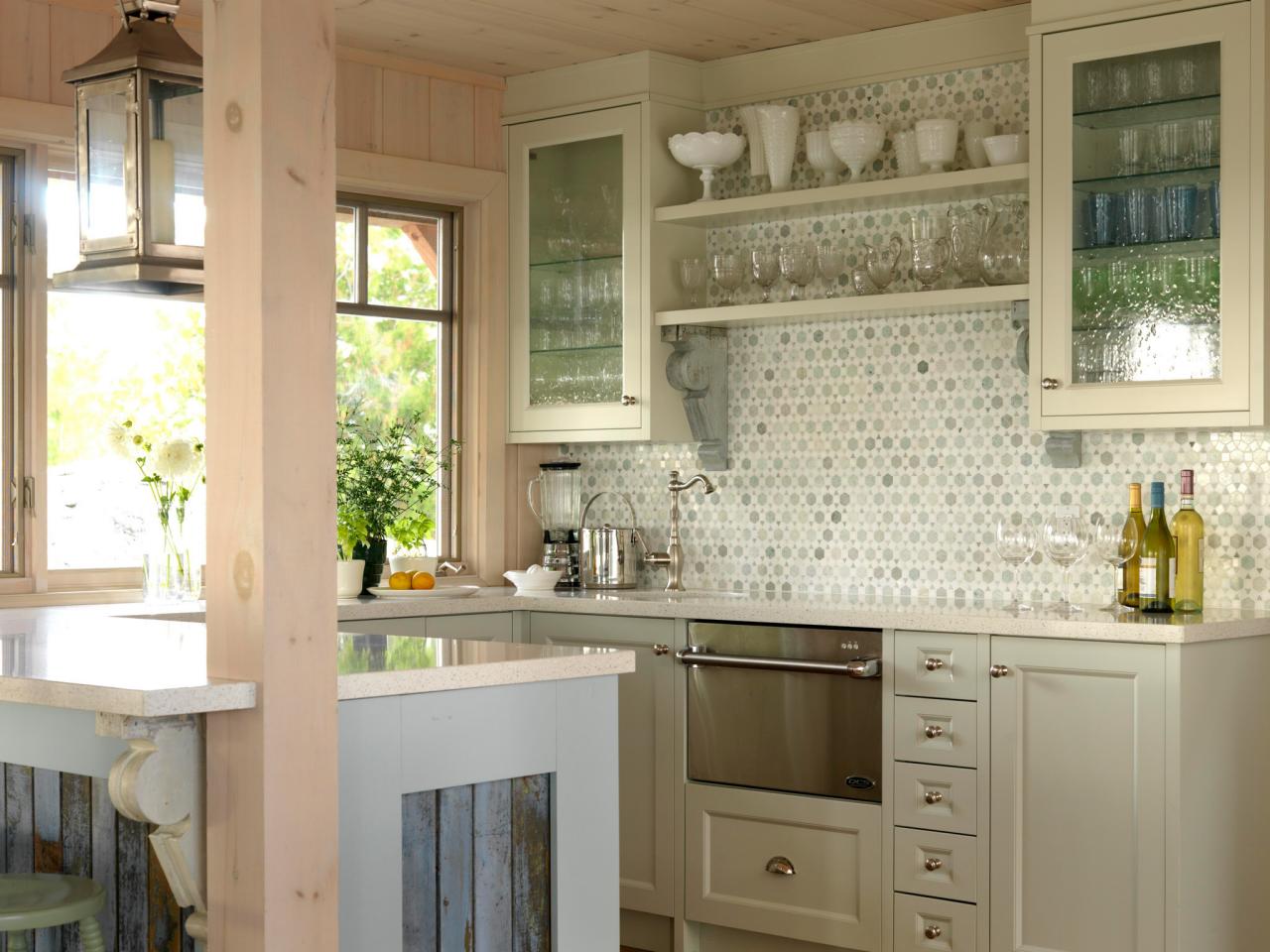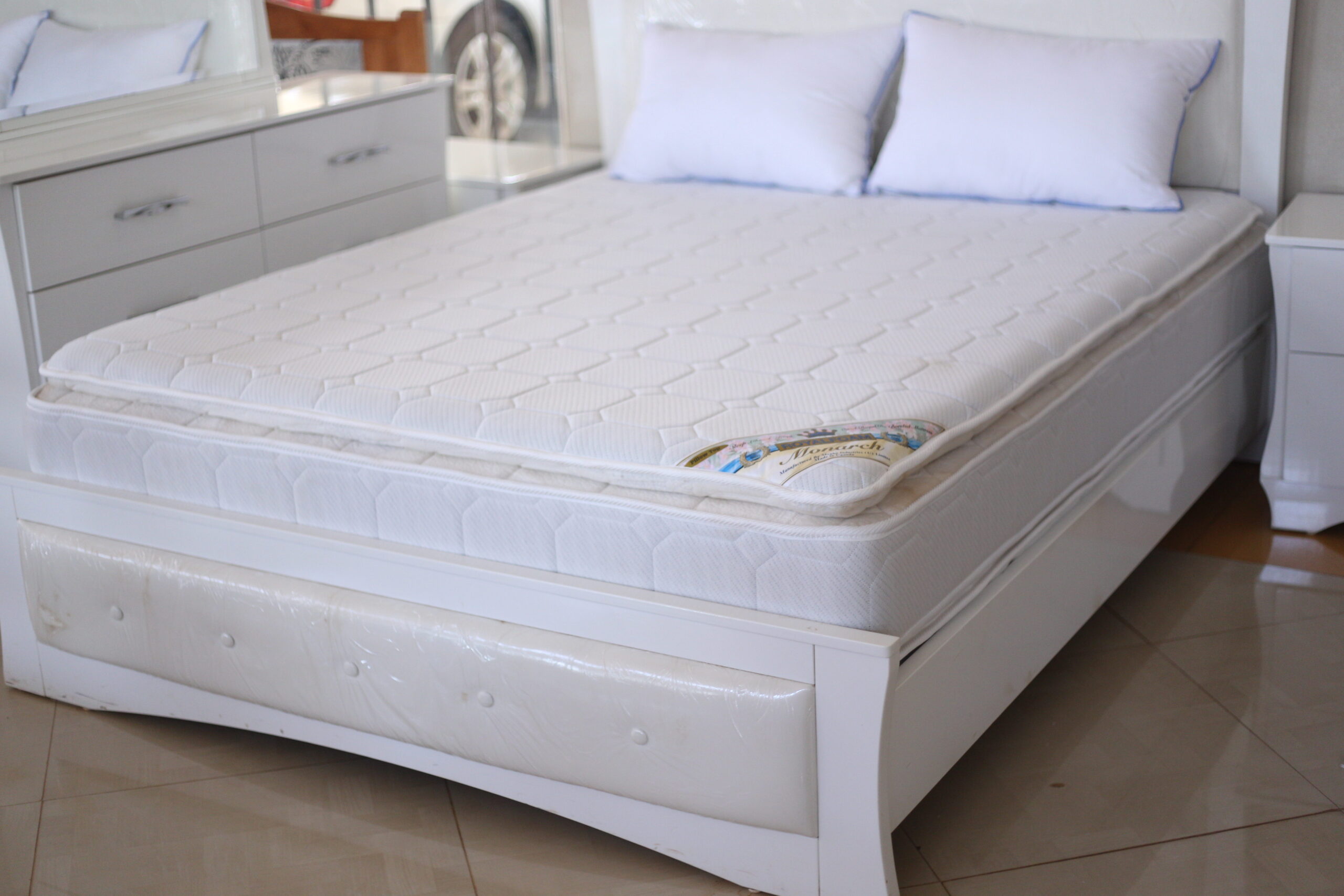When it comes to designing your living room, one of the most important decisions you will make is choosing the color of your walls. The color you choose will set the tone for the entire room and can greatly impact the overall atmosphere. It's important to consider both bold and neutral colors when making your decision. For those who are feeling adventurous, bold colors such as royal blue, emerald green, or deep purple can add a sense of drama and personality to your living room. However, it's important to balance these colors with neutral accents and furniture to avoid overwhelming the space. If you prefer a more calming and neutral vibe, consider warm and earthy tones such as beige, taupe, or olive green. These colors can create a cozy and inviting atmosphere, perfect for relaxing after a long day.1. Choosing the Right Color for Your Living Room Walls
Adding texture to your living room is a great way to add visual interest and depth to the space. Texture can be incorporated in various ways, from textured wallpaper and fabrics to furniture and decor pieces. To achieve a more modern and sleek look, opt for smooth and shiny textures such as polished metal and glass. These textures are perfect for creating a minimalist and sophisticated living room. For a more cozy and inviting feel, consider soft and plush textures such as furry rugs, velvet pillows, or knit throws. These textures are perfect for creating a warm and comfortable atmosphere.2. How to Add Texture to Your Living Room Decor
If you have a small living room, it's important to choose the right paint color to make the space feel larger and more open. Light and cool colors such as light grey, pale blue, or mint green are great options for creating the illusion of a bigger space. Another trick to make your small living room appear larger is to paint the ceiling a lighter color than the walls. This will create the illusion of a higher ceiling, making the room feel more spacious.3. The Best Paint Colors for a Small Living Room
One way to add both color and texture to your living room is by using textured wallpaper. This can be a great alternative to painting your walls and can add a unique and stylish touch to your space. When choosing textured wallpaper, consider the overall theme and color scheme of your living room. Geometric patterns, floral designs, or faux brick textures can add a playful and modern touch, while grasscloth or linen textures can create a more natural and organic feel.4. Using Textured Wallpaper in Your Living Room
For those who want to create a warm and cozy living room, consider incorporating warm colors and textures into your design. Deep reds, oranges, and yellows can add a sense of warmth and comfort, while wooden accents and rustic textures can create a natural and inviting feel. To avoid overwhelming the space, balance these warm colors and textures with neutral tones and cooler textures such as linen, cotton, or metallic accents.5. Creating a Cozy Living Room with Warm Colors and Textures
Adding natural textures to your living room can bring a sense of calm and relaxation to the space. Wood, stone, and woven materials can add a touch of nature and create a soothing atmosphere. Incorporating plants into your living room design is another great way to add natural texture and color. Not only do plants add a pop of greenery, but they also have many health benefits such as improving air quality and reducing stress levels.6. Incorporating Natural Textures in Your Living Room Design
If you want to make a statement with your living room, don't be afraid to use bright and bold colors and textures. Hot pink, bright yellow, or electric blue can add a fun and energetic vibe, while bold patterns and textures such as stripes, chevron, or animal print can add a playful and unique touch. To avoid overwhelming the space, use these bold colors and textures as accent pieces rather than the main focus. This will create a balanced and visually appealing living room.7. Bold and Bright: Adding Color and Texture to Your Living Room
The furniture you choose can greatly impact the overall look and feel of your living room. When choosing furniture, consider the color and texture of your walls and decor to create a cohesive and harmonious space. If you have bold and colorful walls, opt for neutral-colored furniture to balance the space. On the other hand, if you have neutral-colored walls, consider adding a pop of color with your furniture to create visual interest.8. Choosing the Right Furniture to Complement Your Living Room's Color and Texture
Adding accents of color and texture is a great way to enhance your living room's design. Pillows, throws, rugs, and curtains are all great ways to add accents of color and texture to your space. When choosing these accents, consider complementary colors and textures to create a cohesive and visually appealing living room. For example, if you have a soft and plush sofa, consider adding textured pillows for contrast.9. How to Use Accent Colors and Textures in Your Living Room
Last but not least, lighting plays a crucial role in highlighting color and texture in your living room. Natural light is always the best option, as it brings out the true colors and textures in your space. For artificial lighting, consider opting for warm and soft light rather than harsh and bright. This will create a more cozy and inviting atmosphere and enhance the color and texture in your living room. In conclusion, choosing the right color and texture for your living room is all about finding a balance and creating a space that reflects your personal style and comfort. With these tips and ideas, you can create a beautiful and inviting living room that you'll love spending time in.10. The Impact of Lighting on Color and Texture in Your Living Room
The Importance of Choosing the Right Living Room Colour Texture

Creating a Welcoming and Inviting Space
 When it comes to designing a house, the living room plays a crucial role in setting the tone for the entire space. It is the heart of the home, where family and friends gather to relax, entertain, and make memories. Therefore, it is essential to choose the right
living room colour texture
to create a warm and inviting atmosphere.
When it comes to designing a house, the living room plays a crucial role in setting the tone for the entire space. It is the heart of the home, where family and friends gather to relax, entertain, and make memories. Therefore, it is essential to choose the right
living room colour texture
to create a warm and inviting atmosphere.
A Reflection of Your Personality
 The living room is a reflection of your personality and style, and the
colour texture
you choose can greatly impact the overall look and feel of the space. Whether you prefer a bold and vibrant look or a more subtle and calming ambiance, the
colour texture
you opt for can make all the difference.
The living room is a reflection of your personality and style, and the
colour texture
you choose can greatly impact the overall look and feel of the space. Whether you prefer a bold and vibrant look or a more subtle and calming ambiance, the
colour texture
you opt for can make all the difference.
Enhancing the Visual Appeal
 The
colour texture
of your living room can also enhance its visual appeal. By choosing the right
colour
and texture combination, you can create a focal point in the room or draw attention to specific architectural features. For instance, a textured accent wall in a rich, deep
colour
can add depth and dimension to the room, while a light, neutral
colour
can create a sense of openness and airiness.
The
colour texture
of your living room can also enhance its visual appeal. By choosing the right
colour
and texture combination, you can create a focal point in the room or draw attention to specific architectural features. For instance, a textured accent wall in a rich, deep
colour
can add depth and dimension to the room, while a light, neutral
colour
can create a sense of openness and airiness.
Setting the Mood
 Colour
has a significant impact on our mood and emotions, and this holds true for our living spaces as well. Choosing the right
colour texture
can help create the desired ambiance in your living room. For instance, warm and earthy tones can create a cozy and intimate feel, while cool and soothing
colours
can promote a sense of relaxation and calmness.
Colour
has a significant impact on our mood and emotions, and this holds true for our living spaces as well. Choosing the right
colour texture
can help create the desired ambiance in your living room. For instance, warm and earthy tones can create a cozy and intimate feel, while cool and soothing
colours
can promote a sense of relaxation and calmness.
Complementing the Overall Design
/169789002-58a723d63df78c345b930ec6.jpg) Lastly, the
living room colour texture
should complement the overall design and theme of your house. It should tie in with the other rooms and flow seamlessly to create a cohesive and harmonious look. This can be achieved by selecting a
colour palette
and textures that work well together and create a cohesive design aesthetic.
In conclusion, the
living room colour texture
is a crucial element in house design that should not be overlooked. It sets the tone for the entire space, reflects your personality, enhances visual appeal, sets the mood, and complements the overall design. So, take the time to choose the right
colour texture
for your living room and create a welcoming and inviting atmosphere that you and your loved ones can enjoy.
Lastly, the
living room colour texture
should complement the overall design and theme of your house. It should tie in with the other rooms and flow seamlessly to create a cohesive and harmonious look. This can be achieved by selecting a
colour palette
and textures that work well together and create a cohesive design aesthetic.
In conclusion, the
living room colour texture
is a crucial element in house design that should not be overlooked. It sets the tone for the entire space, reflects your personality, enhances visual appeal, sets the mood, and complements the overall design. So, take the time to choose the right
colour texture
for your living room and create a welcoming and inviting atmosphere that you and your loved ones can enjoy.








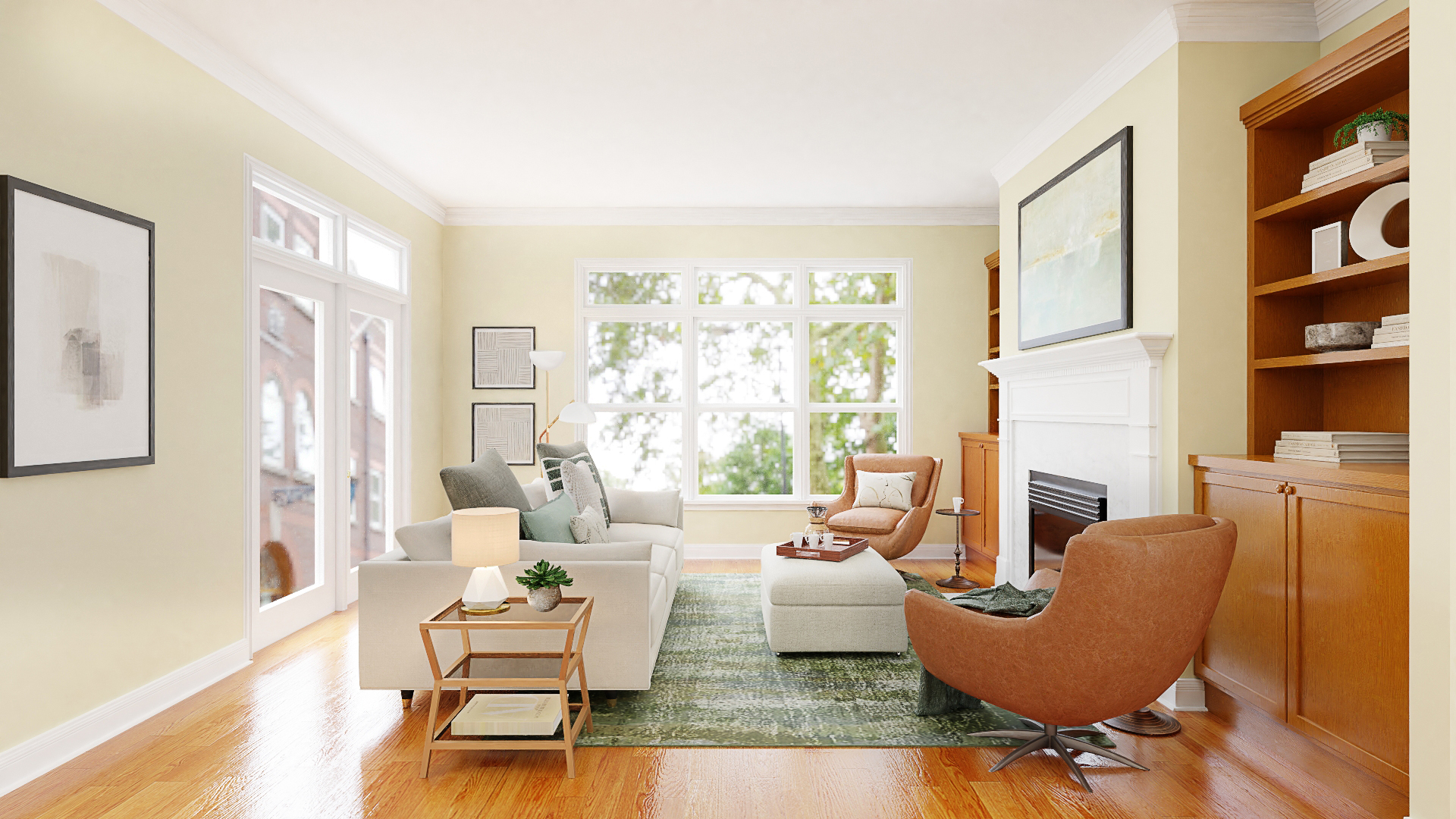
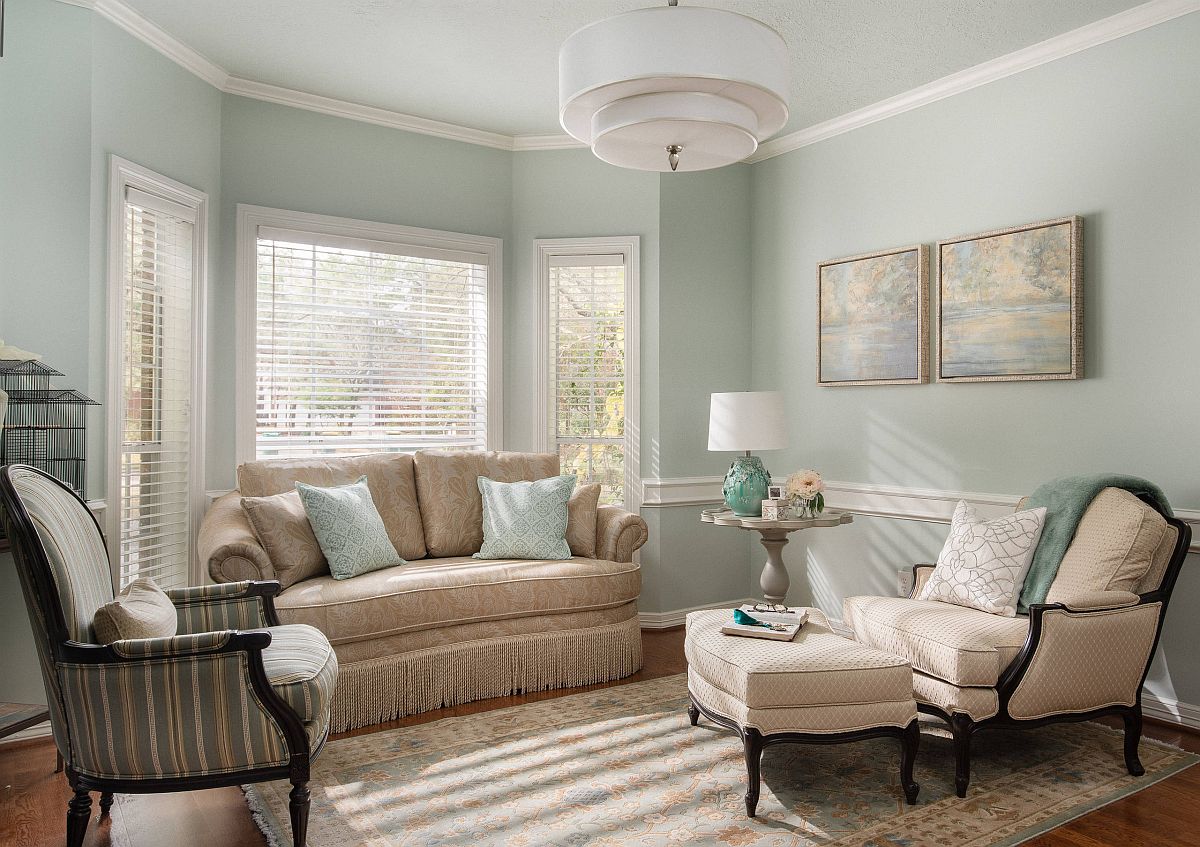

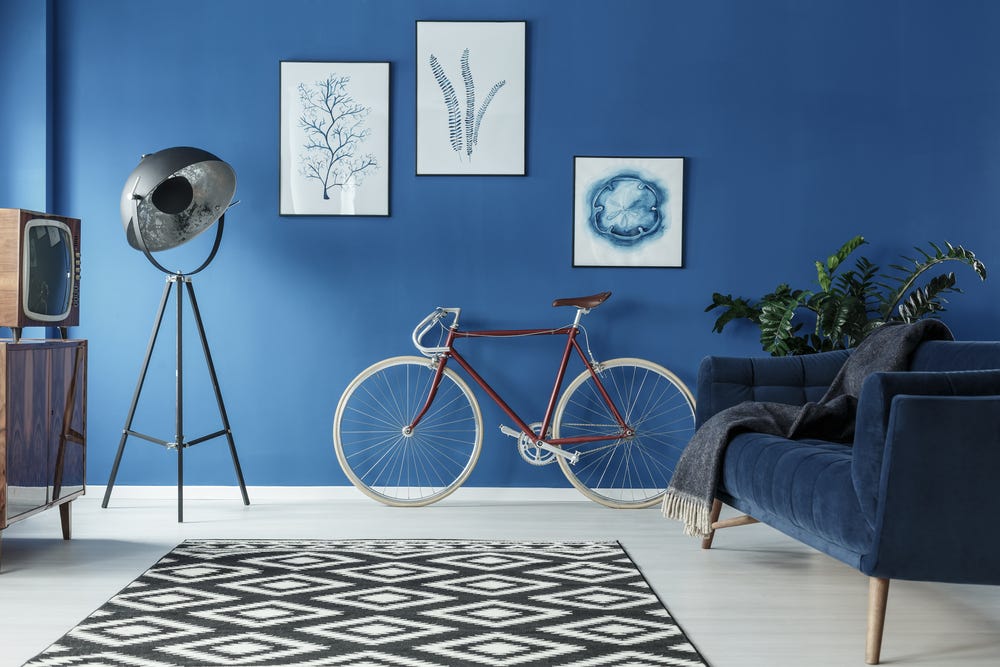

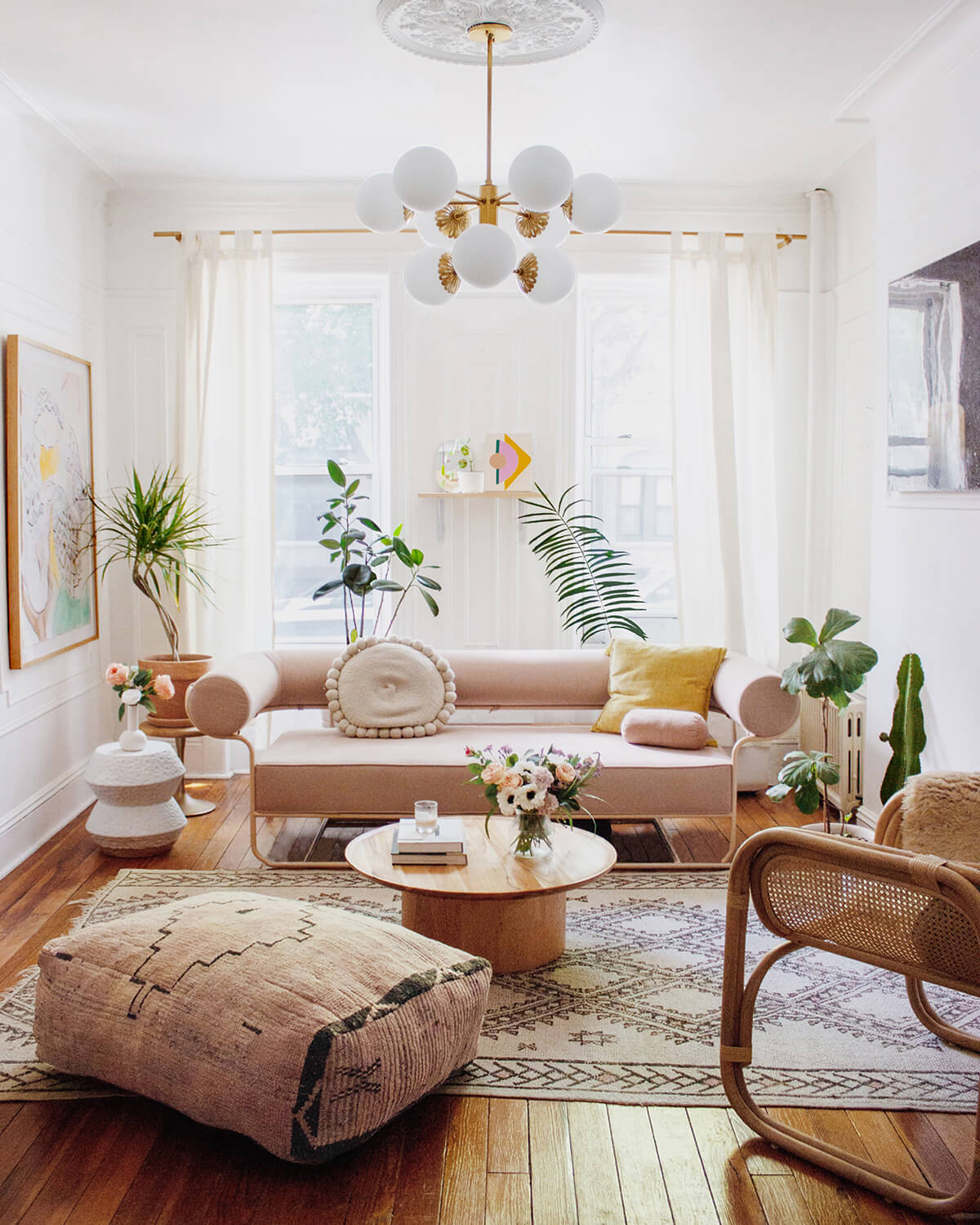


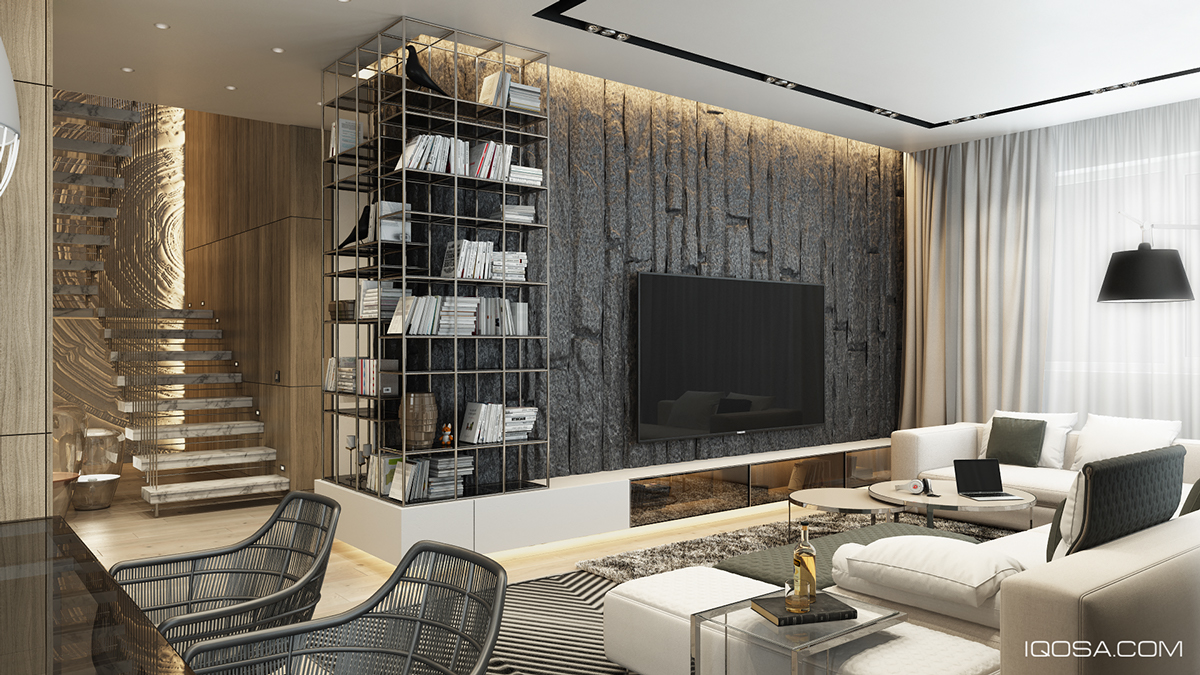
:max_bytes(150000):strip_icc()/Chuck-Schmidt-Getty-Images-56a5ae785f9b58b7d0ddfaf8.jpg)

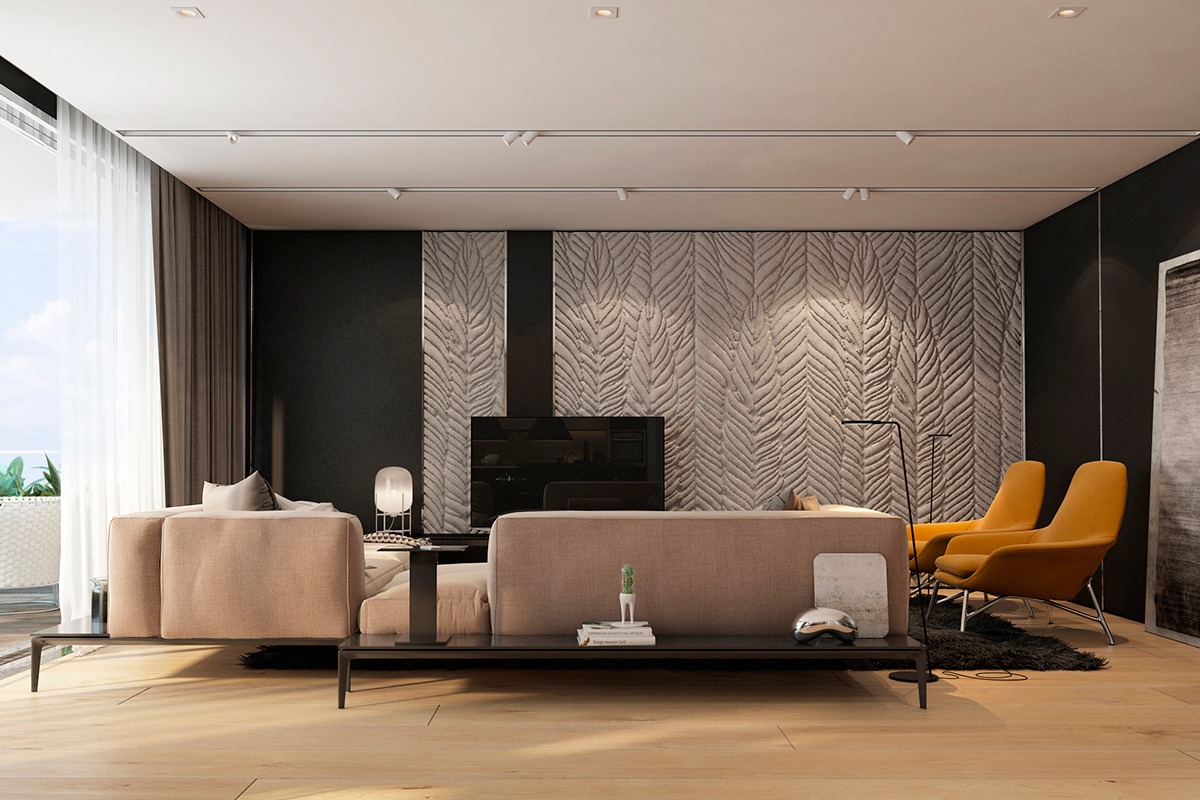




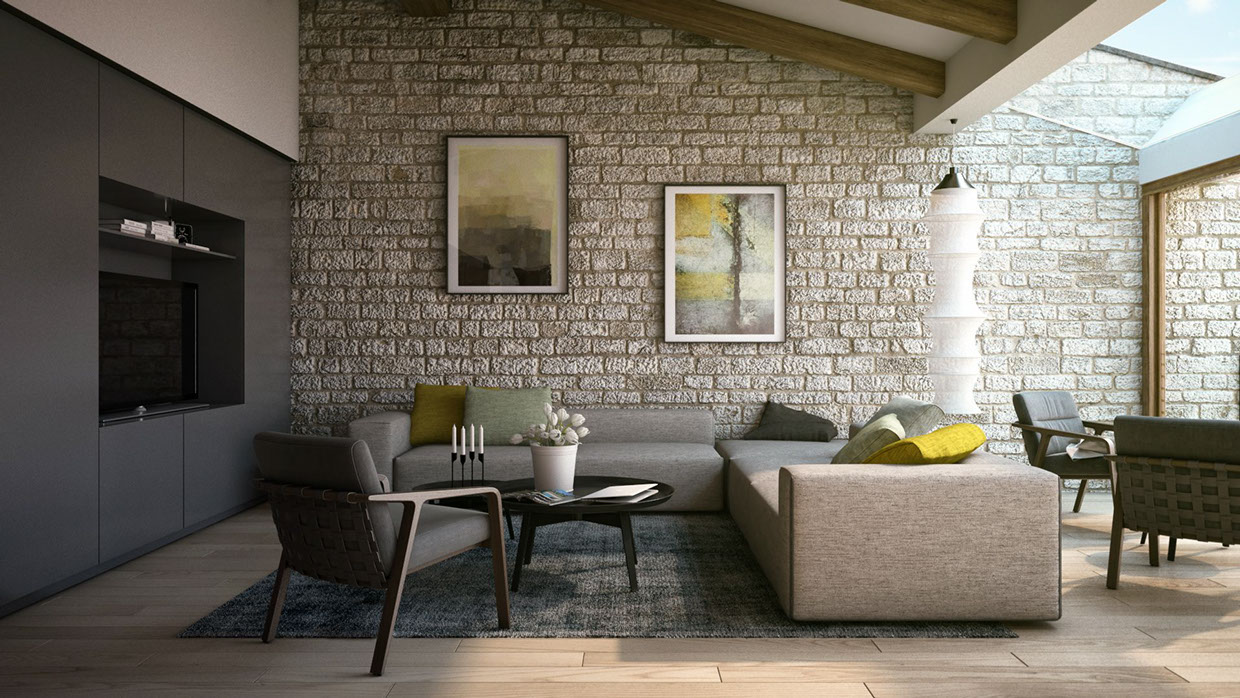



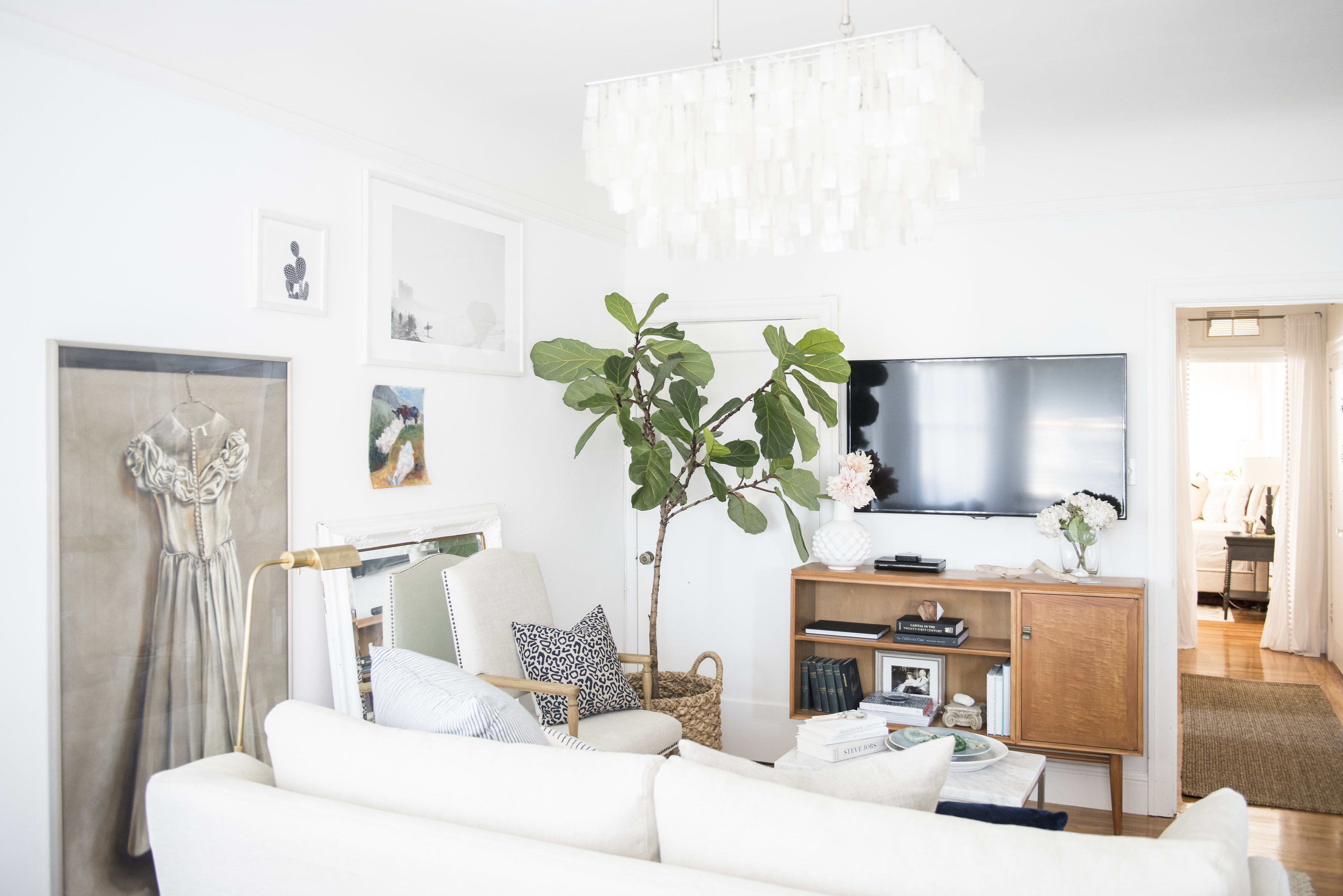

:max_bytes(150000):strip_icc()/cdn.cliqueinc.com__cache__posts__261477__small-living-room-paint-colors-261477-1529967323467-image.700x0c-d075a6a1d53448379872711739ff7600.jpg)

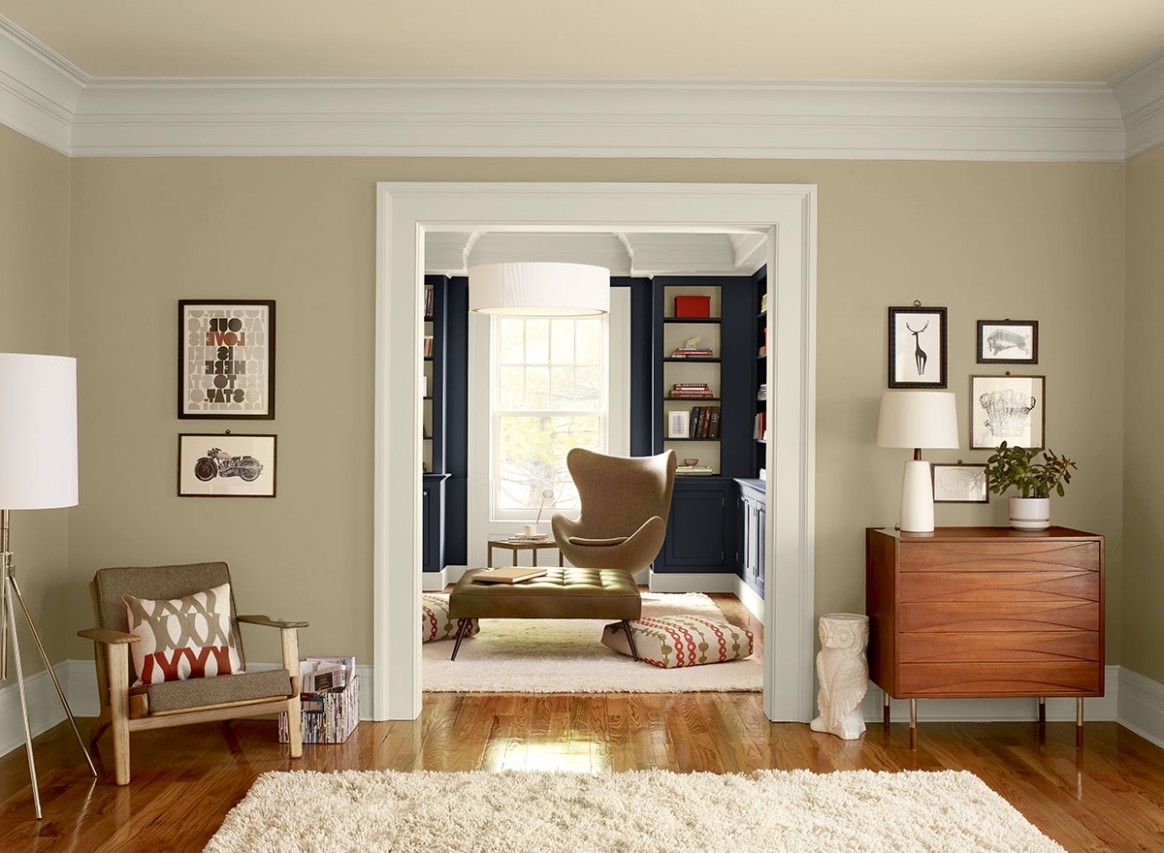
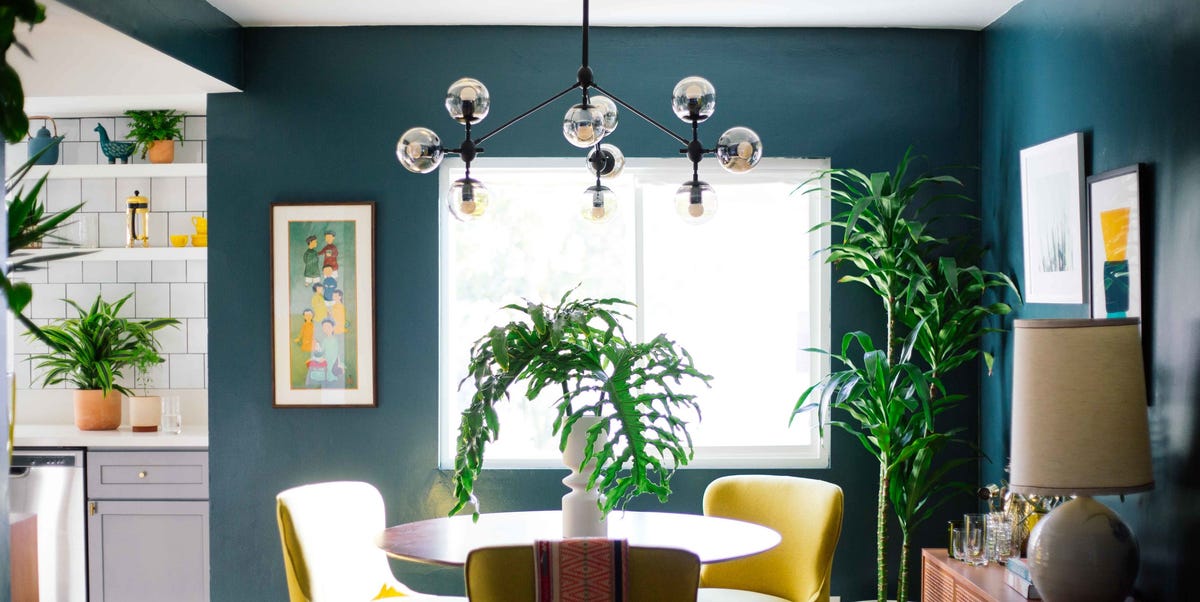
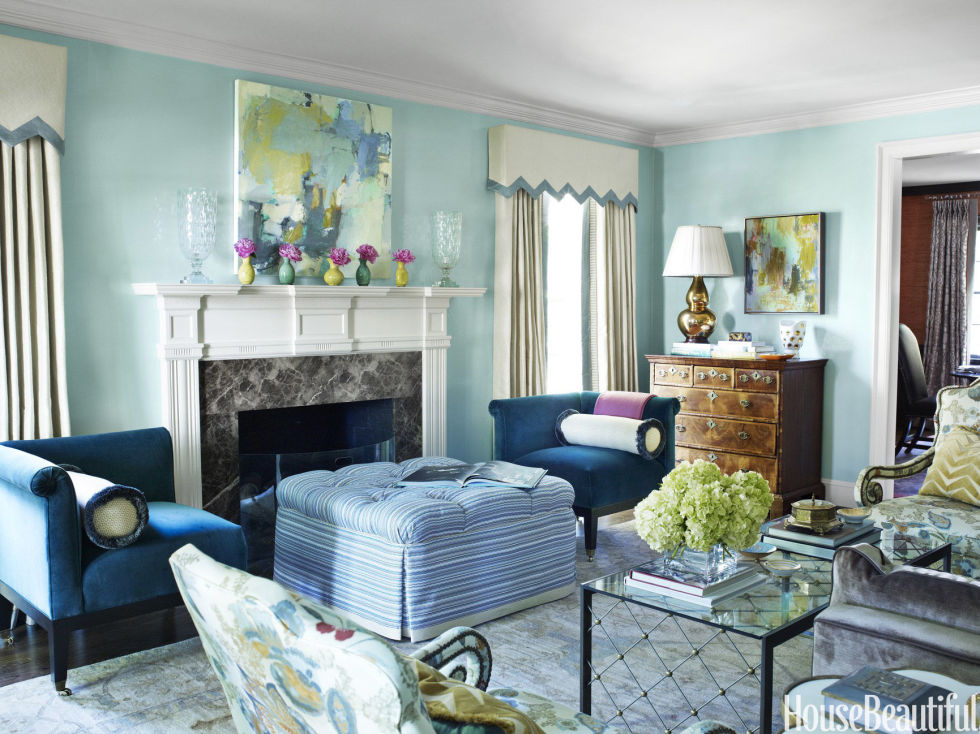











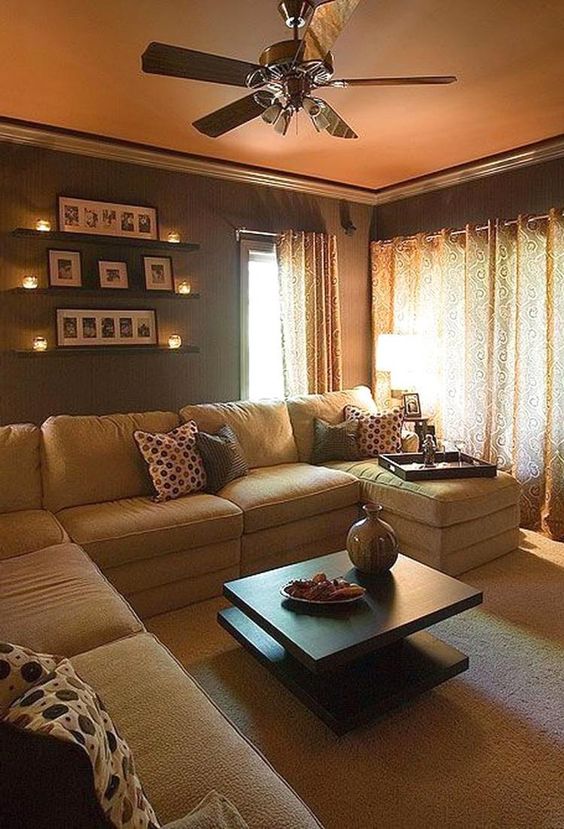
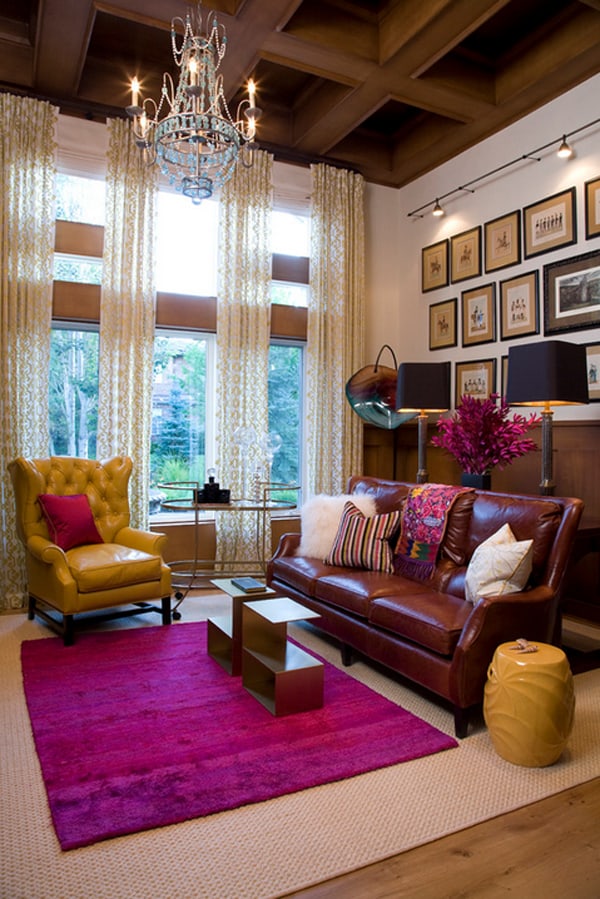

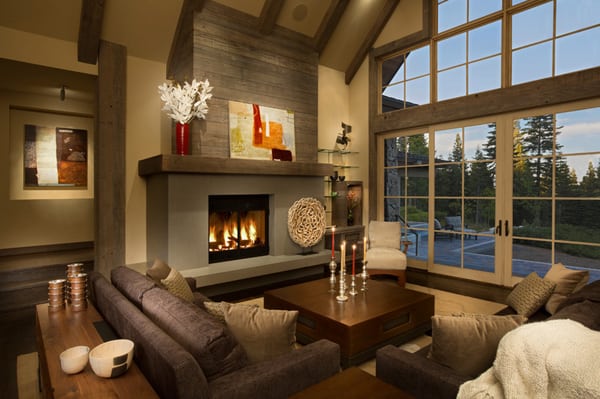

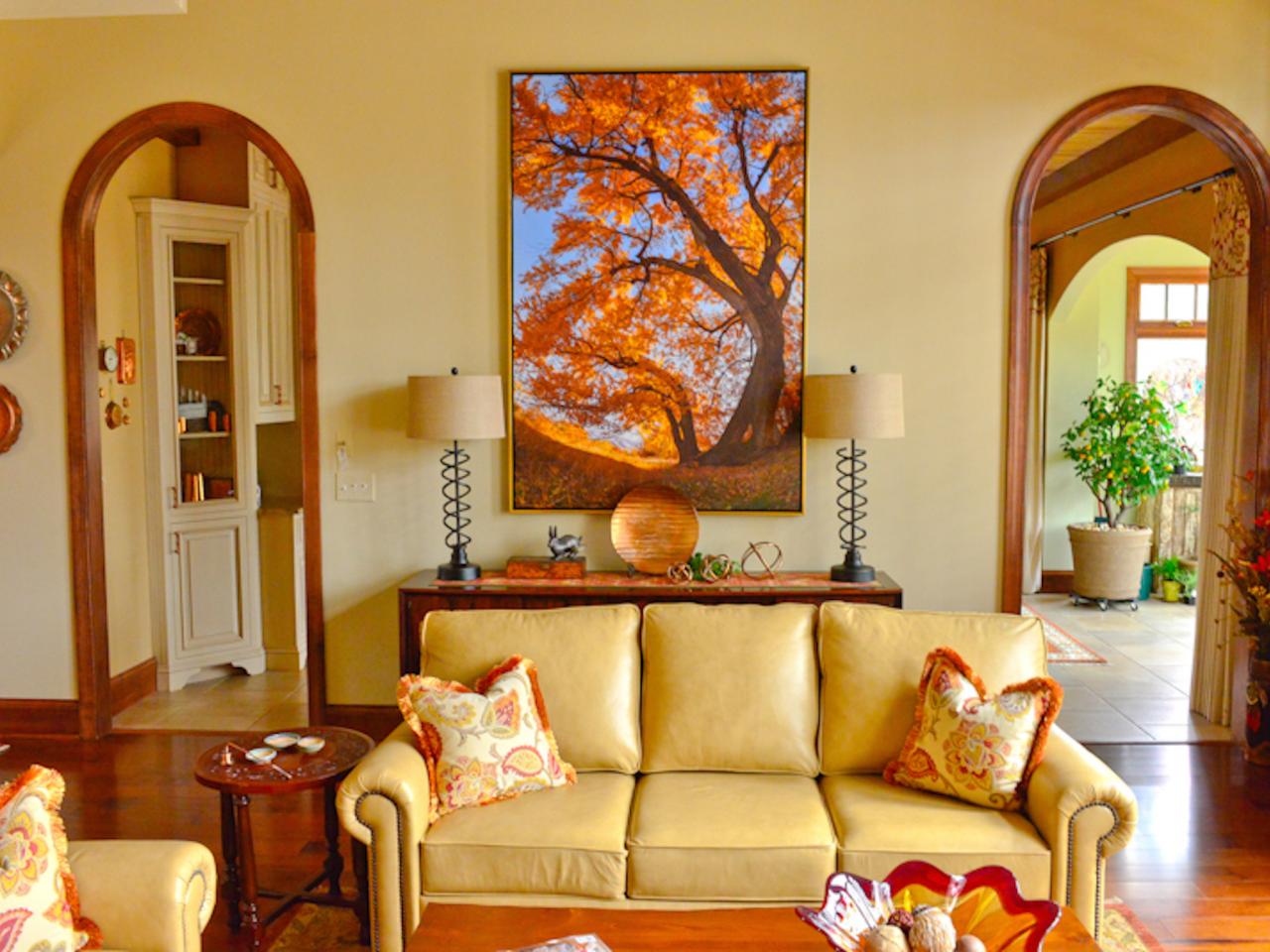


:max_bytes(150000):strip_icc()/Traditionally-cozy-living-room-Witt-Construction-589f82b95f9b58819c8bbbfb.png)
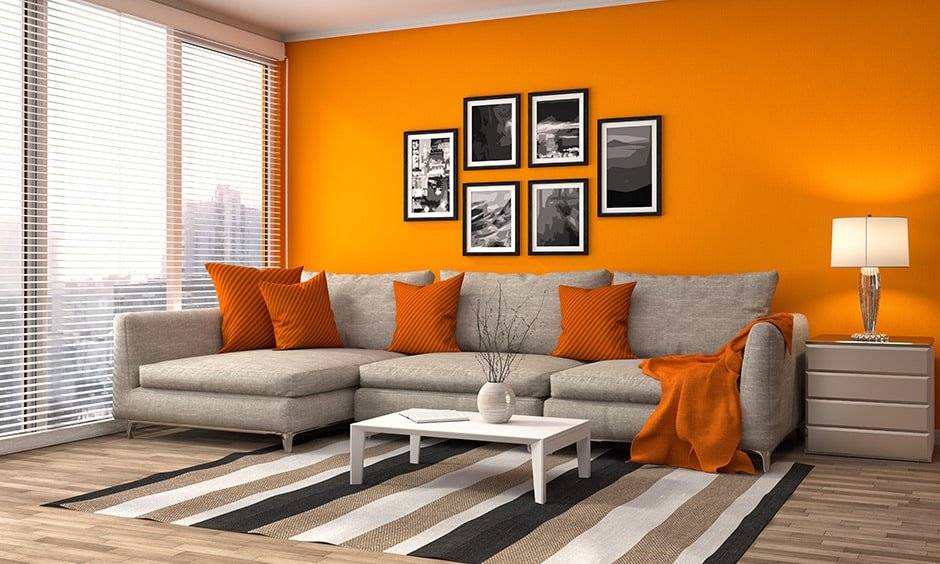
/Cozy-living-room-with-vaulted-ceiling-589fb14d3df78c4758a5523e.png)




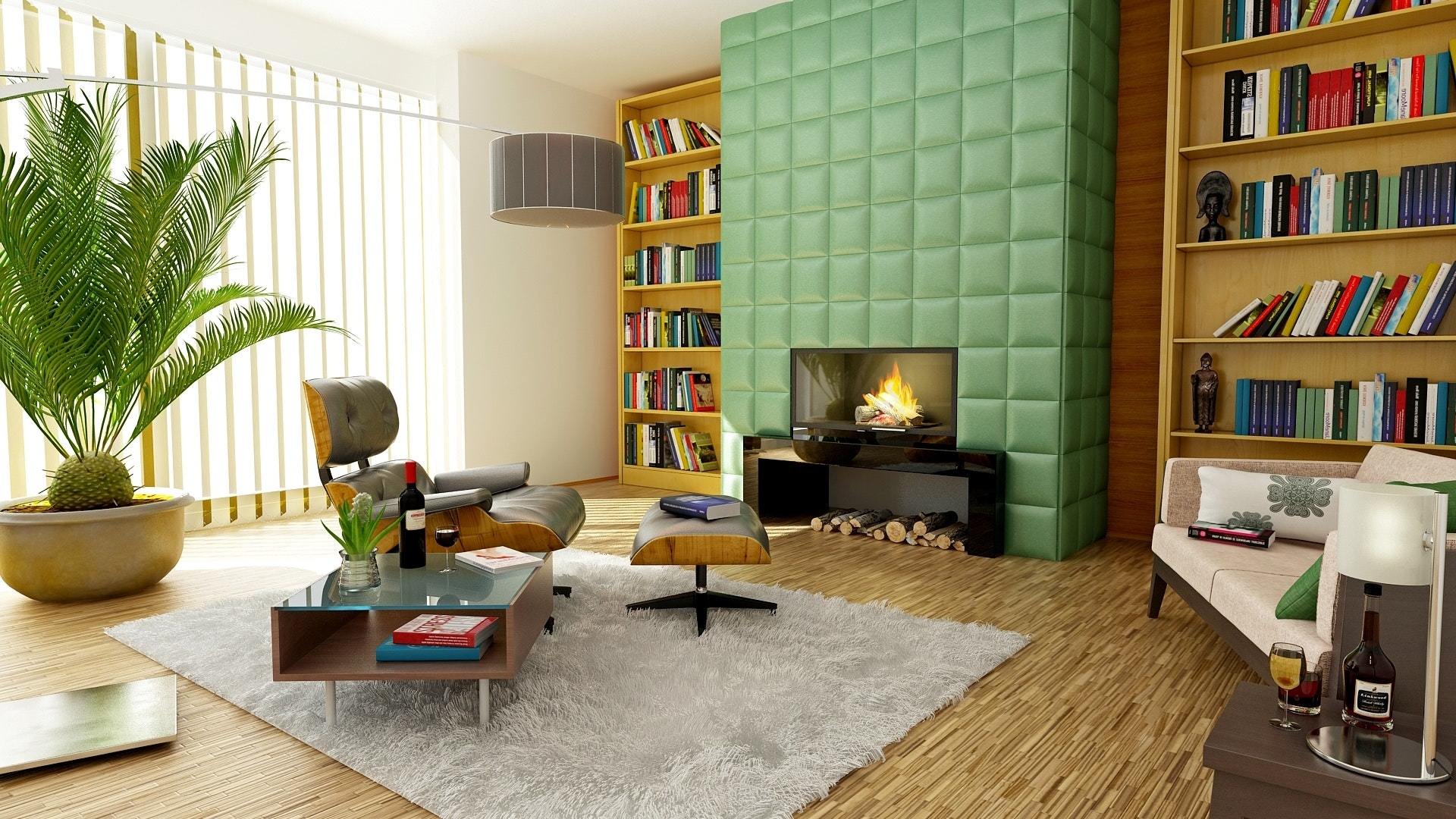
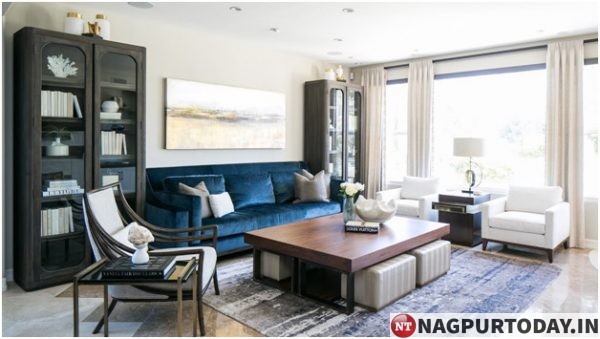
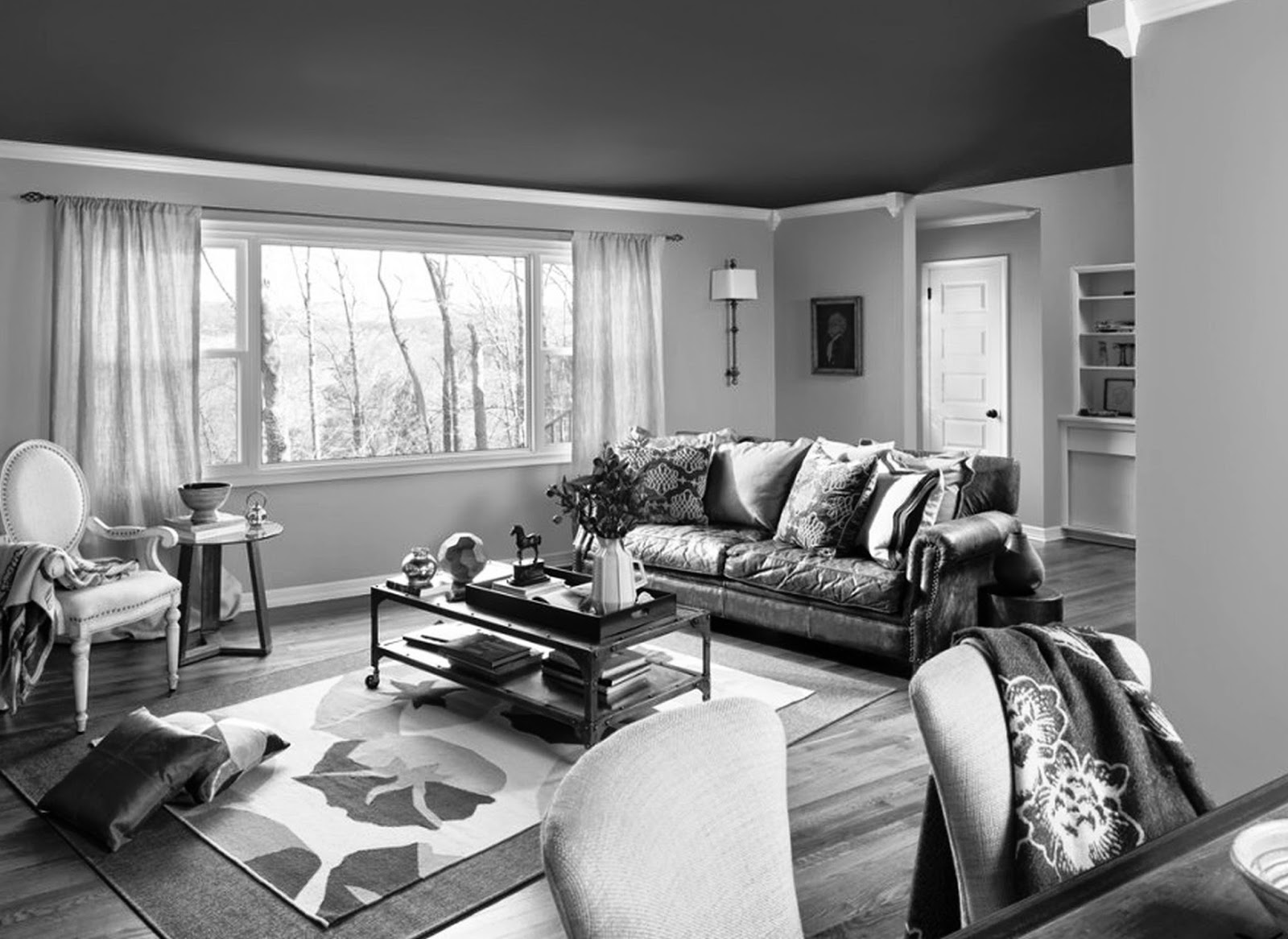
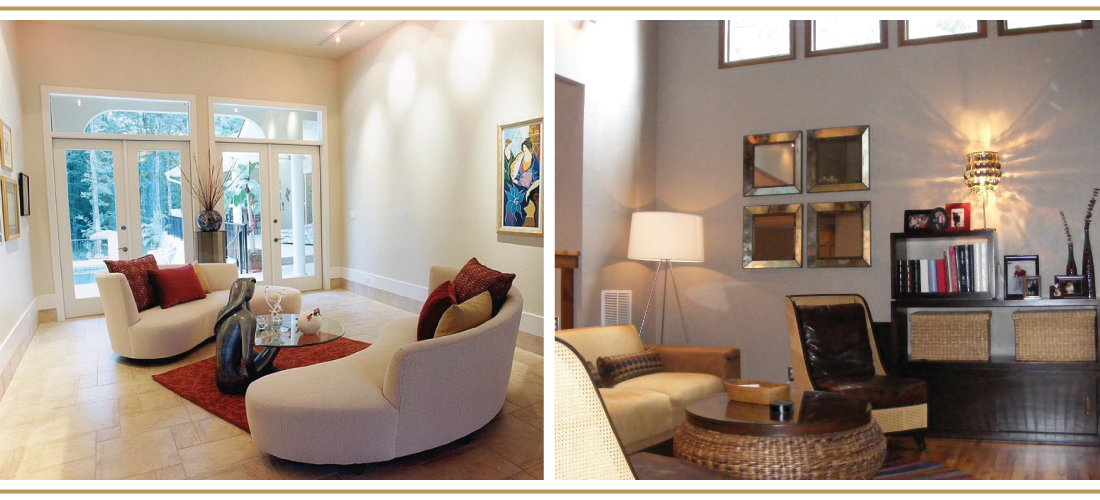


:no_upscale()/cdn.vox-cdn.com/uploads/chorus_asset/file/7794079/Noz_Design___Fuchsia_Room_03.jpg)
